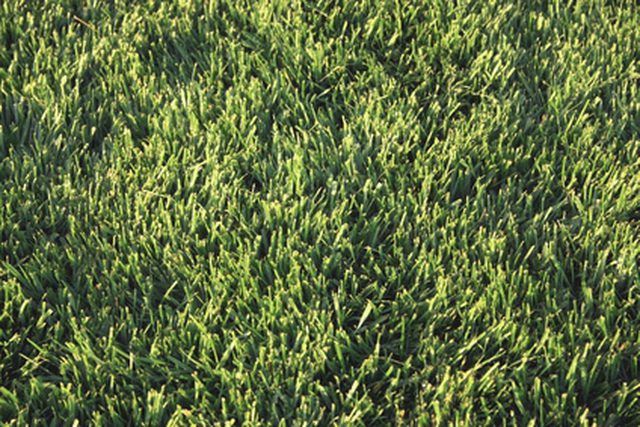Bulbs
Flower Basics
Flower Beds & Specialty Gardens
Flower Garden
Garden Furniture
Garden Gnomes
Garden Seeds
Garden Sheds
Garden Statues
Garden Tools & Supplies
Gardening Basics
Green & Organic
Groundcovers & Vines
Growing Annuals
Growing Basil
Growing Beans
Growing Berries
Growing Blueberries
Growing Cactus
Growing Corn
Growing Cotton
Growing Edibles
Growing Flowers
Growing Garlic
Growing Grapes
Growing Grass
Growing Herbs
Growing Jasmine
Growing Mint
Growing Mushrooms
Orchids
Growing Peanuts
Growing Perennials
Growing Plants
Growing Rosemary
Growing Roses
Growing Strawberries
Growing Sunflowers
Growing Thyme
Growing Tomatoes
Growing Tulips
Growing Vegetables
Herb Basics
Herb Garden
Indoor Growing
Landscaping Basics
Landscaping Patios
Landscaping Plants
Landscaping Shrubs
Landscaping Trees
Landscaping Walks & Pathways
Lawn Basics
Lawn Maintenance
Lawn Mowers
Lawn Ornaments
Lawn Planting
Lawn Tools
Outdoor Growing
Overall Landscape Planning
Pests, Weeds & Problems
Plant Basics
Rock Garden
Rose Garden
Shrubs
Soil
Specialty Gardens
Trees
Vegetable Garden
Yard Maintenance
When to Seed After Using Crabgrass Prevention
When to Seed After Using Crabgrass Prevention. Although the United States Patent Office imported crabgrass in 1849 as a promising feed for cattle, the annual soon escaped cultivation. Now it infests newly seeded lawns throughout the United States. Preemergent herbicides control crabgrass, but lawn seeds and herbicides rarely mix.

Although the United States Patent Office imported crabgrass in 1849 as a promising feed for cattle, the annual soon escaped cultivation. Now it infests newly seeded lawns throughout the United States. Preemergent herbicides control crabgrass, but lawn seeds and herbicides rarely mix.
Timing
Wait eight to 16 weeks to plant seed after using most crabgrass preventatives. These preemergent herbicides are only effective when applied in early spring, before crabgrass seeds germinate, but create a lasting chemical layer on the soil that kills spring-sown grass seed. Apply preemergent herbicides in spring and seed your lawn in fall, avoiding the summer heat. Read the herbicide manufacturer's label for specific timing.
Siduron
Siduron is a preemergent herbicide that only targets the seeds of crabgrass, foxtail and other weeds. Fescue, Kentucky bluegrass and other turf grasses are safe from this herbicide, and manufacturers often include it in starter fertilizer mixes. You may apply siduron and grass seed at similar times.

New Lawns
Don't use crabgrass prevention on very young lawns, even if the majority of the grass seed has sprouted. Allow the grass to grow until it has required at least three mowings. Hand-dig or individually treat existing patches of crabgrass with a targeted, wide-spectrum herbicide.